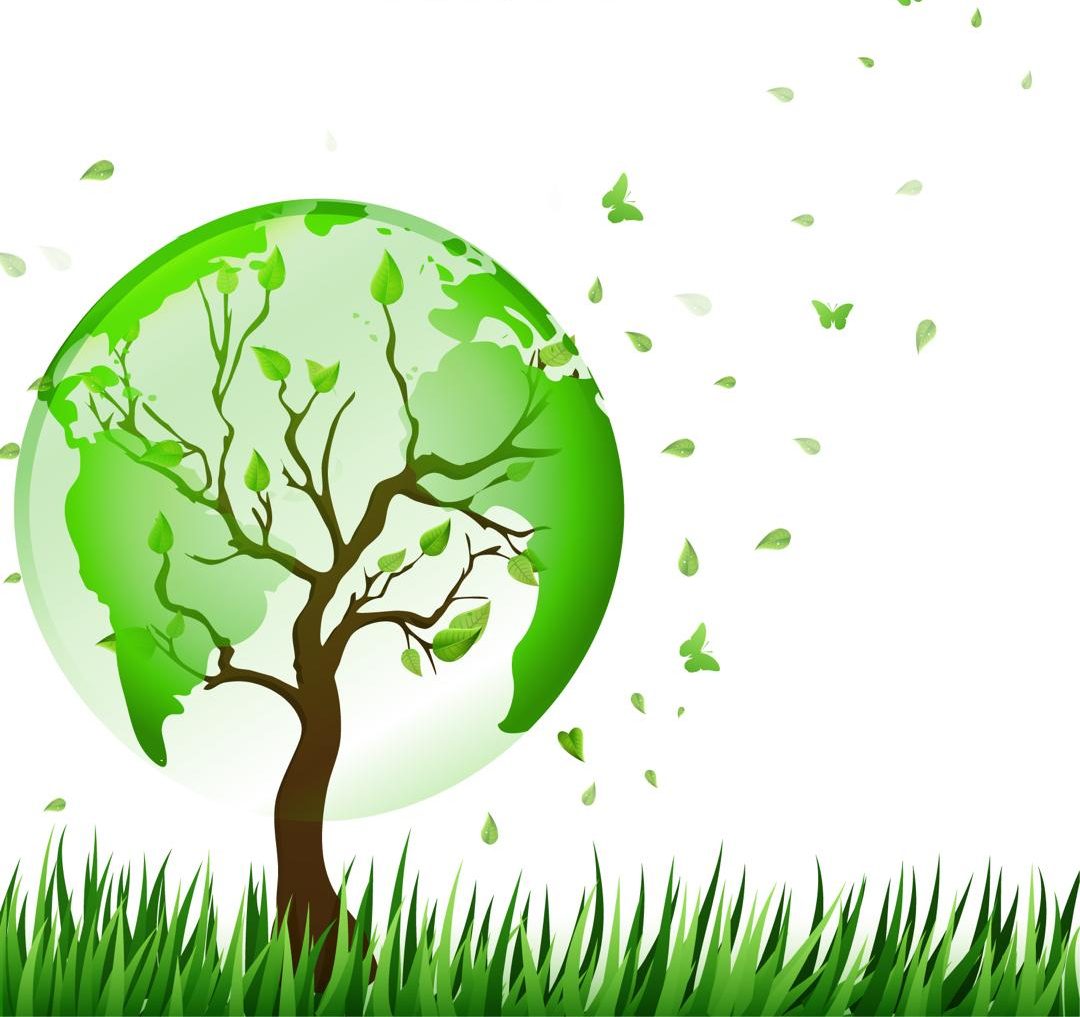World Environment Day is celebrated annually on the 5th day of June, and this year’s campaign is focused on land restoration, desertification, and drought resilience. It provides a unique opportunity for us all to reflect upon our contributions, or lack thereof, towards enhancing sustainable land use currently crippled by accelerated biodiversity loss.
Land is arguably Uganda’s most valuable resource. Its sustainable use, development, and management will balance the need for infrastructure development with the need to preserve our rich biodiversity to cater for the needs of present and future generations. A study conducted in 2021, by BIODEV2030, revealed that Uganda is home to approximately 330 mammal species, more than 1000 bird species, 174 reptiles, 600 fish species, 24 different natural vegetation types, and 722 formally recognized protected areas. Land use change is the main cause of biodiversity loss, with a reduction in forest cover from 15% in 2010 to 9.5% in 2017 and a reduction in wetlands from 11.9% in 2012 to 10.9% in 2017.
Henceforth, the quest for biodiversity protection and restoration by utilizing biodiversity offsets to realize sustainable infrastructure development in Uganda renders the focus on land restoration for climate resilience and to combat desertification a timely and relevant discussion.
Biodiversity offsets are measurable conservation outcomes from activities designed to compensate for significant residual adverse impacts on biodiversity arising from project development and persisting after other mitigation measures have been implemented. Biodiversity offsets can be traced to as far back as the 1960s, when discussions centered on the need to commodify nature’s value to society arose.
However, biodiversity offsets should not be likened to carbon credits. While polluters tend to buy carbon credits to compensate for their emissions on an annual basis, and they can be sourced from various activities that commit to emissions reduction, biodiversity offsets are tied to specific development projects and impacts on specific habitats and species, implemented in close proximity to the community impacted by a project development, and create long-term implementation obligations for the polluter because biodiversity gains and losses occur over a longer period of time.
Biodiversity offsets are implemented as a last resort in the mitigation hierarchy only after avoidance, minimization, and on-site rehabilitation or restoration have been established to be inappropriate to address the resultant biodiversity loss. The project developer is obliged to prepare a biodiversity offset plan when designing a project for which an environmental and social impact assessment is required.
Examples of biodiversity offset activities include active habitat restoration or creation in the form of a wetland or forest cover; the creation of new protected areas and the removal of invasive species and other drivers of biodiversity loss to conserve specific flora and fauna species from destruction that is likely to occur; and any other additional conservation activities that limit the depletion of biodiversity by providing alternatives to communities that depend on it for their survival.
Notable biodiversity offsets previously implemented in Uganda include the Kalagala-Itanda Falls special conservation area designated as an offset site for the Bujagali Hydro Power Project to, inter alia, restore and protect ecological zones along the Nile river banks and associated wetlands and islands. The National Forestry Authority (NFA) and Uganda Wildlife Authority equally implemented biodiversity offset projects to compensate for the destruction of forest vegetation when establishing the Kawanda-Masaka and Mbarara-Nkenda electricity transmission lines, respectively. The aforementioned biodiversity offsets were facilitated by the World Bank. In 2023, NFA signed a collaboration agreement with EACOP to conserve biodiversity and mitigate the adverse impacts of the oil pipeline project on a section of the Taala Central Forest Reserve in Kyankwazi District, whose benefits are too early to establish.
A key yardstick in determining the potential success of a biodiversity offset activity is ensuring that ‘no net loss’ is suffered during its implementation. The measures undertaken to avoid or minimize the impacts on biodiversity, restore affected areas, and finally offset residual loss must be equivalent to or outweigh the negative impacts so that no overall loss remains. The offsets activity implemented must provide value addition to the community, conserve the same biodiversity values lost to the project developed, and be expected to exist in perpetuity. The developer is required to finance the implementation (including management) of the biodiversity offset for the duration of residual negative impacts caused by the project.
In 2022, the National Environment Management Authority (NEMA) launched the National Biodiversity and Social Offset Guidelines in further implementation of NDP III, which mandates the Ministry of Water and Environment to promote payment for ecosystem services, biodiversity offsets, and benefit sharing arising from the use of biological resources as a priority intervention for conservation and sustainable use of biodiversity resources, and the National Environment Act of 2019, which recognized the need to regulate the use of biodiversity offsets as an emerging area and the need for guidelines for their implementation.
Therefore, in order to enhance the effectiveness of biodiversity offsets towards the realization of sustainable land use during infrastructure development projects, it is imperative that informed and active participation of affected communities be fostered during the development of a biodiversity offset plan by the developer to ensure that suitable sites close to the impacted community are identified to accommodate the offset activities. Additionally, useful traditional knowledge possessed by the community will be incorporated into offset activities so as to ensure that the associated use and cultural values of the community are preserved and protected during the implementation of the offset.
Furthermore, effective determination of residual negative effects on biodiversity and people must precede the implementation of an offset. A clear determination of the negative effects ensures that the offset project is feasible and efficient in addressing the drivers of biodiversity loss amplified by the project, thereby achieving a ‘net gain’ for the affected community, and it enhances the utility of the alternative compensation actions undertaken by the developer.
The Government must ensure that the land where the offset is located is acquired in perpetuity. As benefits from biodiversity restoration and creation are realized over a longer period of time, the acquisition of an offset site guarantees its perpetual existence. As we mark this year’s World Environment Day, let us remember that biodiversity loss is a leading catalyst for the negative impacts of climate change, like drought and desertification. In the case of Uganda, infrastructure development for effective service delivery is a necessity that competes with the need to preserve and restore our biodiversity to avert the climate change crisis. Biodiversity offsets are a step in the right direction towards creating resilient communities by providing appropriate alternatives to destructive environmental activities for development through restoring, creating, and preserving vital nature resources elsewhere for utilization by affected communities. Regulators such as NEMA are obliged to enforce and monitor the implementation of biodiversity offsets to achieve sustainable land use and infrastructure development.


